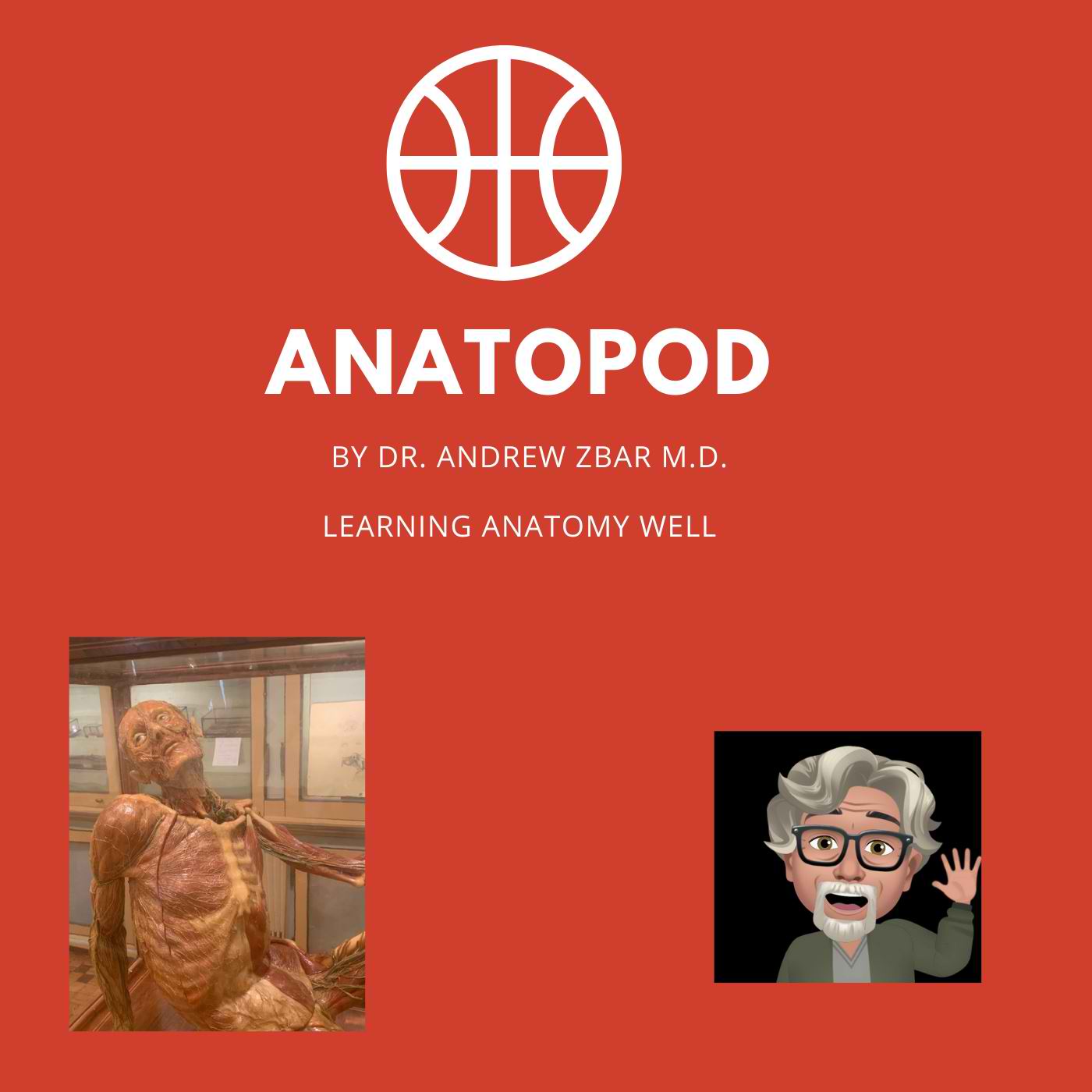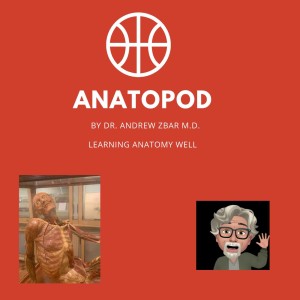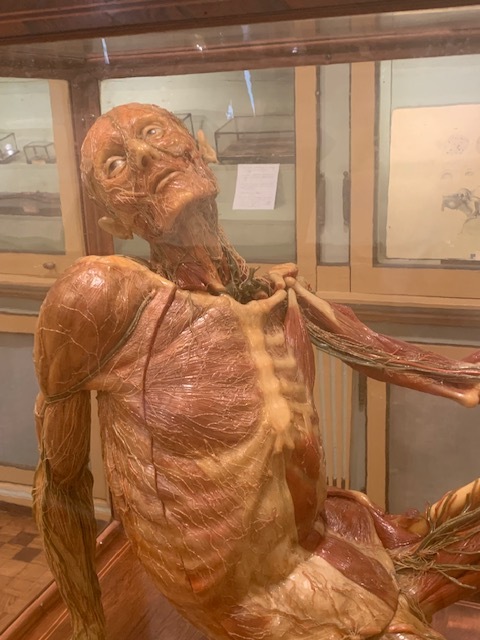
20.2K
Downloads
91
Episodes
Welcome to a new and exciting Podcast called ANATOPOD designed to teach anatomy. ANATOPOD aims not just to teach anatomy well to a high and practical level but also to introduce the history of anatomy and dissection of the cadaver. I appreciate that anatomy is a visual tradition but it wasn't always like that. In the Renaissance, anatomy was taught from textbooks written by the Greek Galen in the first century A.D. Perhaps it might seem unusual to revert anatomy teaching to an aural basis but it is recognized too that in this modern age anatomy departments in universities all over the world are dispensing with their raision d’être, the cadaver, replacing it with surrogates and models. We still do not know the effects of this change on the care of our patients but what we do know is that the cadaver is part of our death culture as much as it touches so many other aspects of society at large.
Episodes

Wednesday Apr 28, 2021
Dissection as Diorama: Frederik Ruysch and the Preservation of a Secret
Wednesday Apr 28, 2021
Wednesday Apr 28, 2021
In this podcast the embalming skills of Frederik Ruysch (1638-1731) are showcased. In an age where dissection was still an ephemeral event those like Ruysch and his contemporary rivals Jan von Swammerdam (1637-1680) and Louis de Bils (1624-1670) were highly prized. Ruysch went on to lead the Amsterdamer anatomy school and botany department for the next 65 years and was so renowned that when Sir Isaac Newton (1642-1727) died, Rusych took his place at the French Académie des Sciences.
Ruysch was a great dissector but he became equally famous for his little morality play dioramas that were made from the detritus remains of stillborn babies. Each would intone the observer to revere God and to remember the pettiness of possessions and the fleeting nature of existence. His collection known as his Wunderkammer (Chamber of Wonders) might have rivalled nearby freak shows but was sold to Tsar Peter the Great (1672-1725) in its entirety with the Russian leader displaying the specimens in the Kunstkamera on Vasilyevsky Island in St. Petersburg where it can be found today.

No comments yet. Be the first to say something!